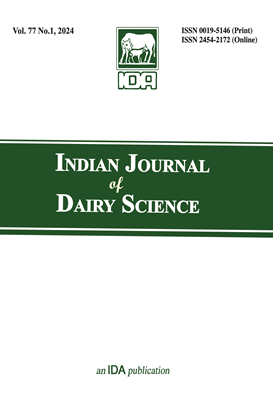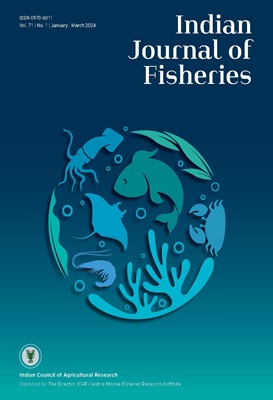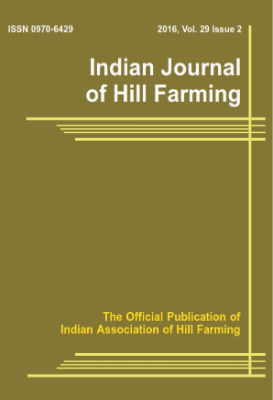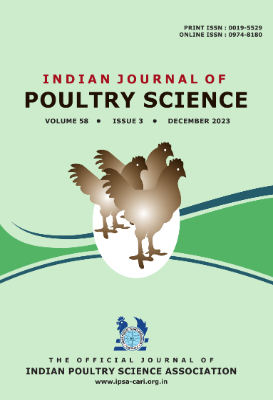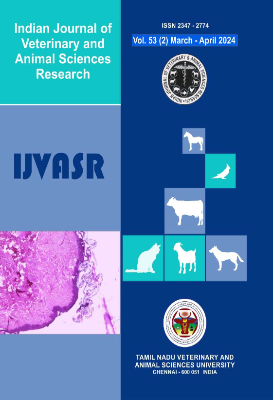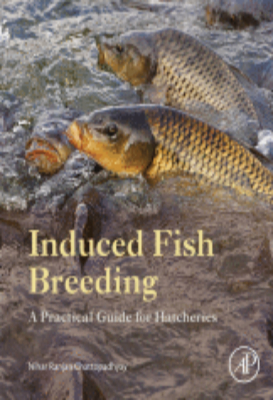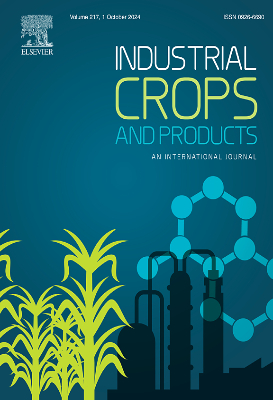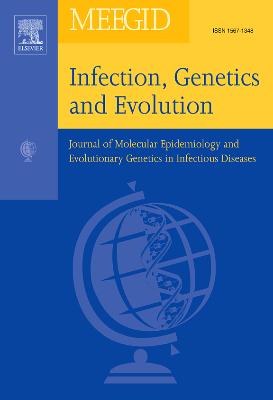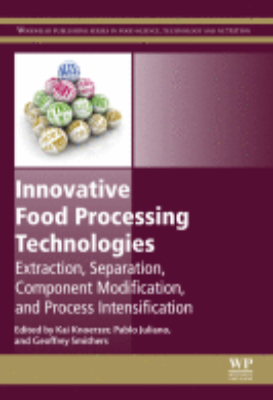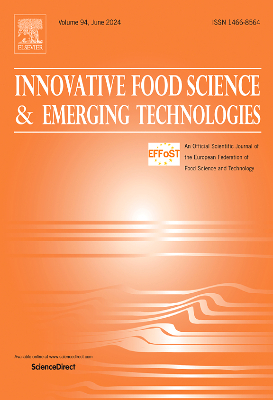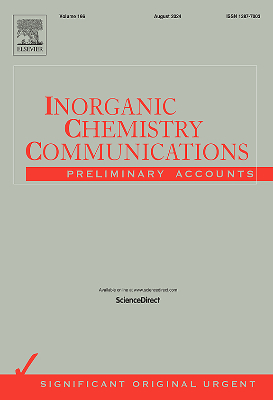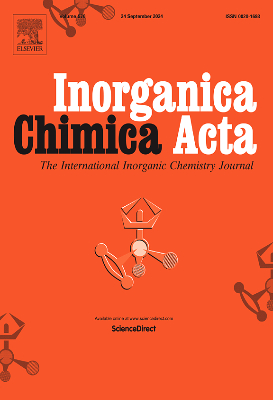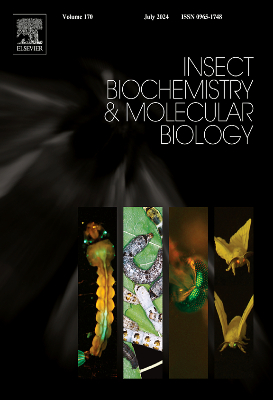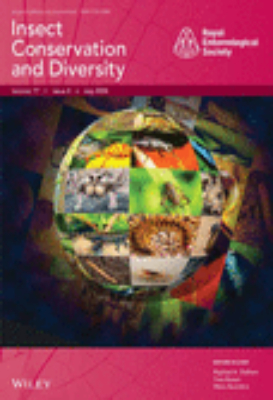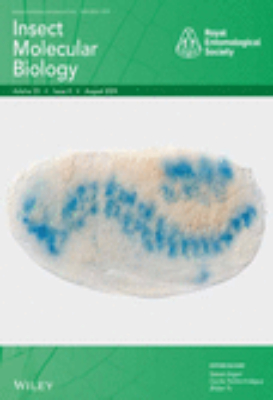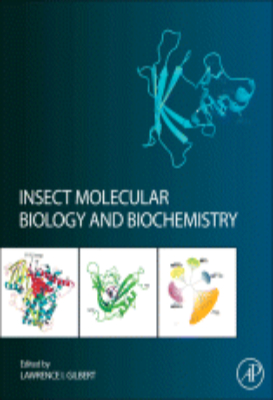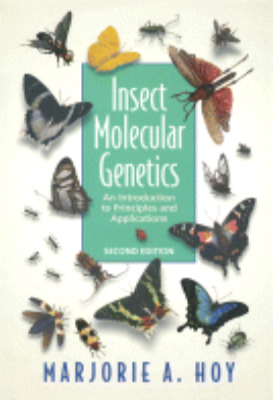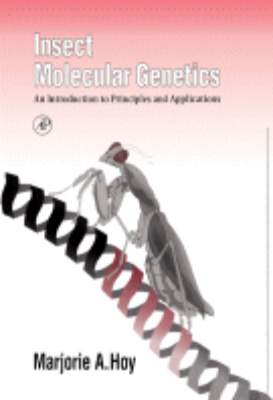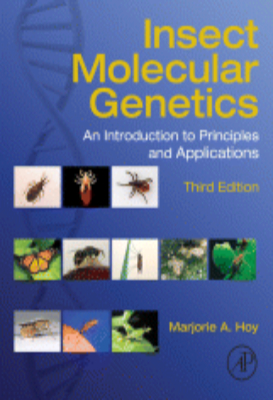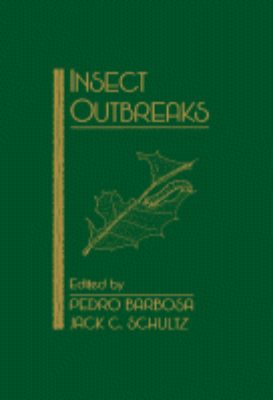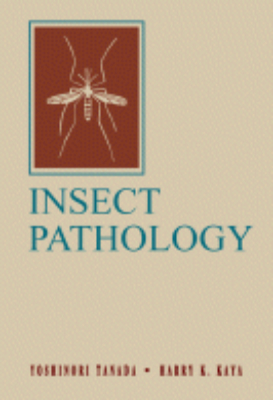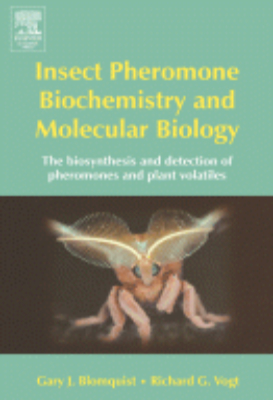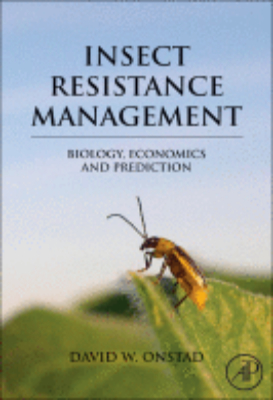E-Resources
Indian Journal of Dairy Science
Indian Journal of Dairy Science is a scientific journal of Indian Dairy Association. The objective of the Association shall be the advancement of dairy science and industry, farming, animal husbandry, animal sciences and its branches including dairy farming & research on breeding, and management of dairy livestock.
Indian Journal of Extension Education
The Indian Journal of Extension Education is the open access, indexed, and peer- reviewed official publication of the Indian Society of Extension Education (ISEE), Division of Agricultural Extension, ICAR- Indian Agricultural Research Institute, New Delhi 110012, INDIA. The focus subject areas of the Indian Journal of Extension Education include; Agricultural Extension, Agricultural Communication, Agricultural Entrepreneurship, Extension Management, Agricultural Education, Socioeconomic Studies, Rural Sociology and educational Psychology, Adoption and diffusion of Farm Innovations, Agricultural Diversification, ICT application in Agriculture, Planned Agricultural Change, Agricultural & Rural Development, and Contemporary Agricultural Extension issues related to Agricultural Science/ Dairying / Communication/ Home Science / Fisheries / Veterinary and allied social sciences. The Indian Journal of Extension Education publishes peer-reviewed original manuscripts in the field of extension education and allied fields. The journal accepts original research papers, research tools, and research notes only. The Indian Society of Extension Education, New Delhi is the publisher of the Indian Journal of Extension Education.
Indian Journal of Fisheries
The Indian Journal of Fisheries is published quarterly by the Indian Council of Agricultural Research (ICAR). Original contributions in the field of fish and fisheries science will be considered for publication in the Journal. The material submitted must be unpublished and not under consideration for publication elsewhere.
Indian Journal of Hill Farming
Focus and Scope The Indian Journal of Hill Farming (Indian J Hill Farming) is the official organ of the Indian Association of Hill Farming, Umiam, Meghalaya, India and is devoted to original research report on all aspects of Agriculture, Animal Husbandry, Fisheries, Forestry, Ecology and other related fields of biology pertaining to Hill Farming. The Journal published twice a year, includes communications in form of research papers, review papers, short notes and book reviews, primarily from members. In addition, articles of exciting research and general interest are also accepted for publication. However, popular articles are generally not accepted. Every issue also contains some review articles on actual problems / future research possibilities / status of research, education and development. All contents are in the English language and subject to peer review. Peer Review Process All manuscripts are reviewed by an editor and/ members of the Editorial Board to assess whether the manuscript is fit for outside review. Generally, manuscripts are sent to two reviewers, and if required, to a third reviewer. Decisions will be made as rapidly as possible, and the journal strives to return reviewers? comments to authors within 4 ? weeks. Manuscripts sent to authors for revision should be returned within 2 weeks; otherwise, they will be treated as new submissions. The Editorial Board including copy editors will re-review manuscripts that are accepted pending revision. Best efforts are made to publish manuscripts online within 8 weeks after submission. Open Access Policy IJHF will be published freely online (till the December 2013 issue). Authors can freely download the PDF file from which they can print unlimited copies of their articles. From June 2014 issue, full text would be available to members only. Members would be asked to register and obtain login details. Individual articles can be downloaded by non-members on payment basis. Sponsors Indian Association of Hill Farming Journal History The journal was first published in the year 1987. The journal is published twice a year (June and December). Current NAAS rating of the Journal is 2.9
Indian Journal of Poultry Science
Established in 1965, Indian Journal of Poultry Science (IJPS), a leading peer-reviewed Indian journal in the field is an official publication of the Indian Poultry Science Association (IPSA), Izatnagar-243 122 (UP). The publication is aimed at providing access to academicians, researchers and industry professionals from across the globe to publish their work on all aspects of poultry science through research papers, short communications and review articles. The journal is published three times in a year as one volume in April, August, and December and circulated to IPSA members free of cost. Till date 58 volumes each with 3 issues have been published.
Indian Journal of Veterinary and Animal Sciences Research
Focus and Scope The Indian Journal of Veterinary and Animal Sciences Research published six times (bi-monthly) in a year, considers original papers for publication on all aspects of Veterinary, Animal, Fisheries, and Food sciences (related to animal products). Peer Review Process In the first phase, the suitability of the manuscript received through the online epubs portal of ICAR will be assessed by the experts on the editorial board of the journal. The qualified manuscripts will be made anonymous and sent to two referees at the national level for review. The manuscripts corrected by referees are sent back to the author for revision. The corrected manuscript will be reviewed by the Editorial Board and technically qualified manuscripts will be accepted and scheduled for publication. Open Access Policy This journal provides immediate open access to its content on the principle that making research freely available to the public supports a greater global exchange of knowledge. Sponsors Tamil Nadu Veterinary and Animal Sciences University, Chennai 600 051 Journal History The Indian Journal of Veterinary and Animal Sciences Research (IJVASR) has been published since 1972, initially under the name 'Cheiron' until 2005, and later as the 'Tamil Nadu Journal of Veterinary and Animal Sciences'. In 2014, the journal adopted its current name to reflect its national relevance and improve visibility. In its current format, IJVASR now publishes review articles, peer-reviewed research articles, short communications, and case reports.
Indian Journal of Veterinary Medicine
Focus and Scope Indian Journal of veterinary Medicine published twice in a year The journal publishes review article(invited),original /applied research, clinical reports short communications on all area of animal health including diagnosis treatment and control. Peer Review Process All articles submitted for publication under goes a peer review process by the expert reviewer of the area. To make the review process more transparent Authors name and affiliation were keep in confidence. Based on the comments the articles are either revised or rejected. The revised article further examined by the editorial board. Journal History This Journal is being published regularly since 1981.
Induced Fish Breeding
"Induced Fish Breeding: A Practical Guide for Hatcheries takes a successive approach to explaining the use of breeding technology with proven scientific methods. It provides real-life examples for the purpose of maximizing fish and seed production to support overall sustainability in aquaculture. It is a concise reference to understanding the latest developments in the field, useful for anyone who is involved in fisheries or hatchery management as well as researchers and students who need to understand the technology. A practice originally developed to produce quality seed in captivity, induced breeding has made great strides in fish populations for India. The book offers a practical and succinct overviewfrom existing methods and operations to recent trends and their impacts on aquaculture for the future. Key Features. Provides detailed information about empirical breeding practices like mixed spawning and indiscriminate hybridization. Presents the environmental and hormonal influence on maturation and spawning of fish with real-life fish breeding examples from around the world. Includes step-by-step scientific measures to help solve problems arising from common fish-farming mistakes. Provides real-life examples for the purpose of maximizing fish and seed production to support overall sustainability in aquaculture"
Innovative Food Processing Technologies
"Innovative Food Processing Technologies: Extraction, Separation, Component Modification and Process Intensification focuses on advances in new and novel non-thermal processing technologies which allow food producers to modify and process food with minimal damage to the foodstuffs. The book is highly focused on the application of new and novel technologies, beginning with an introductory chapter, and then detailing technologies which can be used to extract food components. Further sections on the use of technologies to modify the structure of food and the separation of food components are also included, with a final section focusing on process intensification and enhancement. Key Features. Provides information on a variety of food processing technologies. Focuses on advances in new and novel non-thermal processing technologies which allow food producers to modify and process food with minimal damage to the foodstuffs. Presents a strong focus on the application of technologies in a variety of situations. Created by editors who have a background in both the industry and academia"
Inorganic Nutrition of Plants
Plant Physiology, Volume III: Inorganic Nutrition of Plants deals with the inorganic nutrition and metabolism of plants. The book explores the role of elements, other than carbon, hydrogen, and oxygen, which are essential to, or used by, plants in their vital processes. It summarizes the knowledge about mineral nutrition of plants and presents a philosophy of plant nutrition in general. This volume is organized into six chapters and begins with a brief history of mineral nutrition of plants, as well as the media from which plants draw their nutrients, such as the soil and artificial culture medium. The book then discusses the requirements for specific elements, the symptoms incurred by their deficient supply, and the evidence that a given element can be considered essential. The next chapters focus on the inorganic nutrition of microorganisms, general functions of the essential nutrient elements, and the biological situations in which elementary nitrogen is converted to the organic form. The book concludes by analyzing the soil as a complex biological system and its implication for the interpretation of the nutrition of higher plants. This book is a valuable resource for those interested in plant nutrition and plant physiology.
Insect Molecular Biology and Biochemistry
"The publication of the extensive seven-volume work Comprehensive Molecular Insect Science provided a complete reference encompassing important developments and achievements in modern insect science. One of the most swiftly moving areas in entomological and comparative research is molecular biology, and this volume, Insect Molecular Biology and Biochemistry, is designed for those who desire a comprehensive yet concise work on important aspects of this topic. This volume contains ten fully revised or rewritten chapters from the original series as well as five completely new chapters on topics such as insect immunology, insect genomics, RNAi, and molecular biology of circadian rhythms and circadian behavior. The topics included are key to an understanding of insect development, with emphasis on the cuticle, digestive properties, and the transport of lipids; extensive and integrated chapters on cytochrome P450s; and the role of transposable elements in the developmental processes as well as programmed cell death. This volume will be of great value to senior investigators, graduate students, post-doctoral fellows and advanced undergraduate research students. It can also be used as a reference for graduate courses and seminars on the topic. Chapters will also be valuable to the applied biologist or entomologist, providing the requisite understanding necessary for probing the more applied research areas related to insect control. Key Features. Topics specially selected by the editor-in-chief of the original major reference work. Fully revised and new contributions bring together the latest research in the rapidly moving fields of insect molecular biology and insect biochemistry, including coverage of development, physiology, immunity and proteomics. Full-color provides readers with clear, useful illustrations to highlight important research findings"
Insect Molecular Genetics, 2nd ed.-key
Insect Molecular Genetics, 2nd edition, is a succinct book that briefly introduces graduate and undergraduate students to molecular genetics and the techniques used in this well established and important discipline. The book is written for two converging audiences: those familiar with insects that need to learn about molecular genetics, and those that are familiar with molecular genetics but not familiar with insects. Thus, this book is intended to fill the gap between two audiences that share a common middle ground.
Insect Molecular Genetics: 1994
Developed as an introduction to new molecular genetic techniques, Insect Molecular Genetics also provides literature, terminology, and additional sources of information to students, researchers, and professional entomologists. Although most molecular genetics studies have employed Drosophila, this book applies the same techniques to other insects, including pest insects of economic importance.As a text, as a reference, as a primer, and as a review of a vast and growing literature, Insect Molecular Genetics is a valuable addition to the libraries of entomologists, geneticists, and molecular biologists.
Insect Molecular Genetics: Third Edition 2013
Insect Molecular Genetics, Third Edition, summarizes and synthesizes two rather disparate disciplinesentomology and molecular genetics. This volume provides an introduction to the techniques and literature of molecular genetics; defines terminology; and reviews concepts, principles, and applications of these powerful tools. The world of insect molecular genetics, once dominated by Drosophila, has become much more diverse, especially with the sequencing of multiple arthropod genomes (from spider mites to mosquitoes). This introduction includes discussion of honey bees, mosquitoes, flour beetles, silk moths, fruit flies, aphids, house flies, kissing bugs, cicadas, butterflies, tsetse flies and armyworms. This book serves as both a foundational text and a review of a rapidly growing literature. With fully revised and updated chapters, the third edition will be a valuable addition to the personal libraries of entomologists, geneticists, and molecular biologists.
Insect Outbreaks
FROM THE PREFACE: The abundance of insects can change dramatically from generation to generation; these generational changes may occur within a growing season or over a period of years. Such extraordinary density changes or "outbreaks" may be abrupt and ostensibly random, or population peaks may occur in a more or less cyclic fashion....The goal of this book is to update and advance current thinking on the phenomenon of insect outbreaks. The contributors have reviewed relevant literature in order to generate a synthesis providing new concepts and important alternatives for future research. More importantly, they have presented new ideas or syntheses that will stimulate advances in thinking and experimentation.
Insect Pathology
Insect Pathology is designed for a broad spectrum of readers. Is should be useful to students, lecturers, and researchers requiring information about the principles in insect pathology and the biology of pathogens. It should serve as a resource for specialists to learn about other insect pathogen systems, for generalists to become aware of advances in insect pathology, and for scientists and students, beginning or otherwise, interested in learning about insect pathology.. This book was originally intended to update the 1949 test by E. A. Steinhaus entitled Principles of Insect Pathology. The purpose for this book was twofold: To serve (1) as a text for an insect pathology and/or biological control class and (2) as a comprehensive reference source. Because this book summarizes much of the available information, its usefulness as a textbook for an insect pathology class is apparent. Although the literature citations are extensive, they are far from complete. The literature in insect pathology is voluminous and for the past decade has been expanding at an almost exponential rate. A complete review of the literature is beyond the scope of the book, and an omission of a reference does not preclude its importance. Our citations, however, should serve as a good starting point for those who wish to obtain further information. We have attempted to cover equally all subdisciplines, but shortcomings are unavoidable. For these, we take full responsibility.
Insect Pests of Potato
"Insect Pests of Potato: Biology and Management provides a comprehensive source of up-to-date scientific information on the biology and management of insects attacking potato crops, with an international and expert cast of contributors providing its contents. This book presents a complete review of the scientific literature from the considerable research effort over the last 15 years, providing the necessary background information to the subject of studying the biology management of insect pests of potatoes, assessment of recent scientific advances, and a list of further readings. This comprehensive review will be of great benefit to a variety of scientists involved in potato research and production, as well as to those facing similar issues in other crop systems. Key Features. Written by top experts in the field, this is the only publication covering the biology, ecology and management of all major potato pests. Emphasizes ecological and evolutionary approaches to pest management. Summarizes information from hard-to-get publications in China, India, and Russia"
Insect Pheromone Biochemistry and Molecular Biology
"A valuable new reference on insect behavior, this exceptional new text delves into the primary sensory communication system used by most insects -- their sense of smell. Insect Pheromone Biochemistry and Molecular Biology covers how insects produce pheromones and how they detect pheromones and plant volatiles. Since insects rely on pheromone detection for both feeding and breeding, a better understanding of insect olfaction and pheromone biosynthesis could help curb the behavior of pests without the use of harmful pesticides and even help to reduce the socio-economic impacts associated to human-insect interactions. Key Features. Covers biochemistry and molecular biology of insect pheromone production. Explains pheromone production in moths, beetles, flies, and social insects. Describes pheromone and plant volatile reception"
Insect Resistance Management: 2007
Insects, mites, and ticks have a long history of evolving resistance to pesticides, host-plant resistance, crop rotation, pathogens, and parasitoids. Insect resistance management (IRM) is the scientific approach to preventing or delaying pest evolution and its negative impacts on agriculture, public health, and veterinary issues. This book provides entomologists, pest management practitioners, developers of new technologies, and regulators with information about the many kinds of pest resistance including behavioral and phenological resistance. Abstract concepts and various case studies provide the reader with the biological and economic knowledge required to manage resistance. No other source has the breadth of coverage of this book: genomics to economics, transgenic insecticidal crops, insecticides, and other pest management tactics such as crop rotation. Dr. David W. Onstad and a team of experts illustrate how IRM becomes efficient, effective and socially acceptable when local, social and economic aspects of the system are considered. Historical lessons are highlighted with new perspectives emphasized, so that future research and management may be informed by past experience, but not constrained by it.

